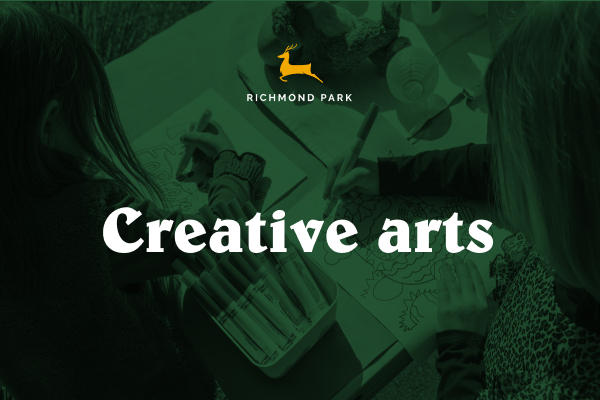
Paul Muldoon, talked about the `physics’ and `chemistry’ of writing. The physics exists in the making, the manufacturing, the technical part, for example McCartney’s use of models from music hall to Stockhausen. Then comes the chemistry, the blending of elements, the music and words, the orchestration and arrangement. So art is also science; a poet, in the Scottish language, is named a `makar’.
This incisive analysis is extremely relevant to education. If students are to be fully prepared, personally and professionally, for their future lives, they need to be both scientists and artists. So first of all, we have created a curriculum which is balanced and wide- ranging. No one disputes the crucial importance of mathematics and the sciences, but too often the arts do not receive the time and attention they deserve. At Richmond Park School, we ensure that the creative arts are given adequate curricular time and high quality specialist teaching.
The way students learn also involves both the sciences and the arts. Teachers and learners have to be methodical, analytical and technical and, at the same time, inventive, creative and Imaginative. Whether, for example, problem solving in mathematics, investigating in science, composing in music, or writing poetry in English, students have to draw on different skills and intelligences. In teaching and learning, these apparently contrasting fields combine to produce creative energy. As Einstein states ‘ All religions, arts and sciences are branches of the same tree’. We have to make that tree grow.


 Richmond
Richmond


